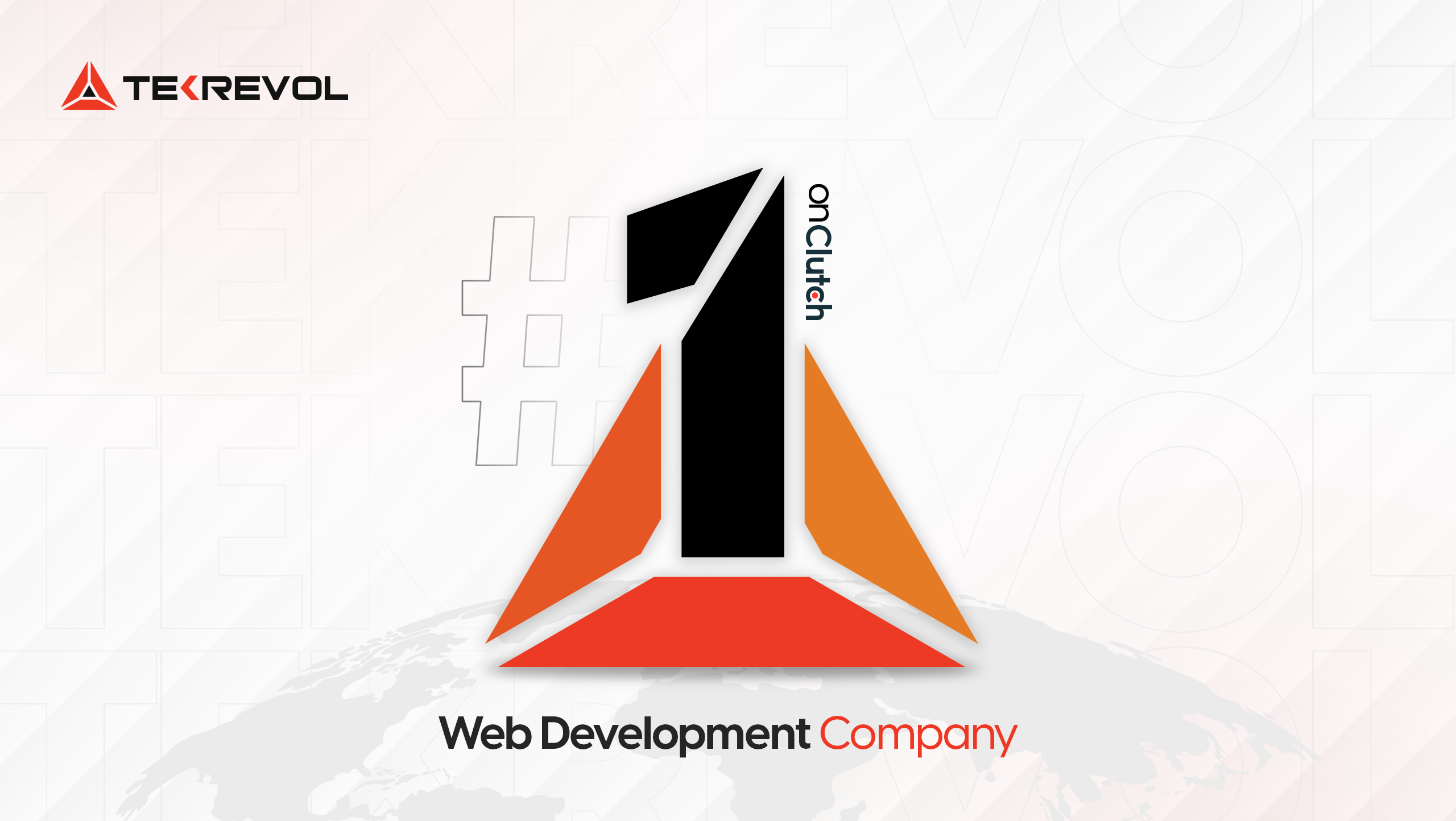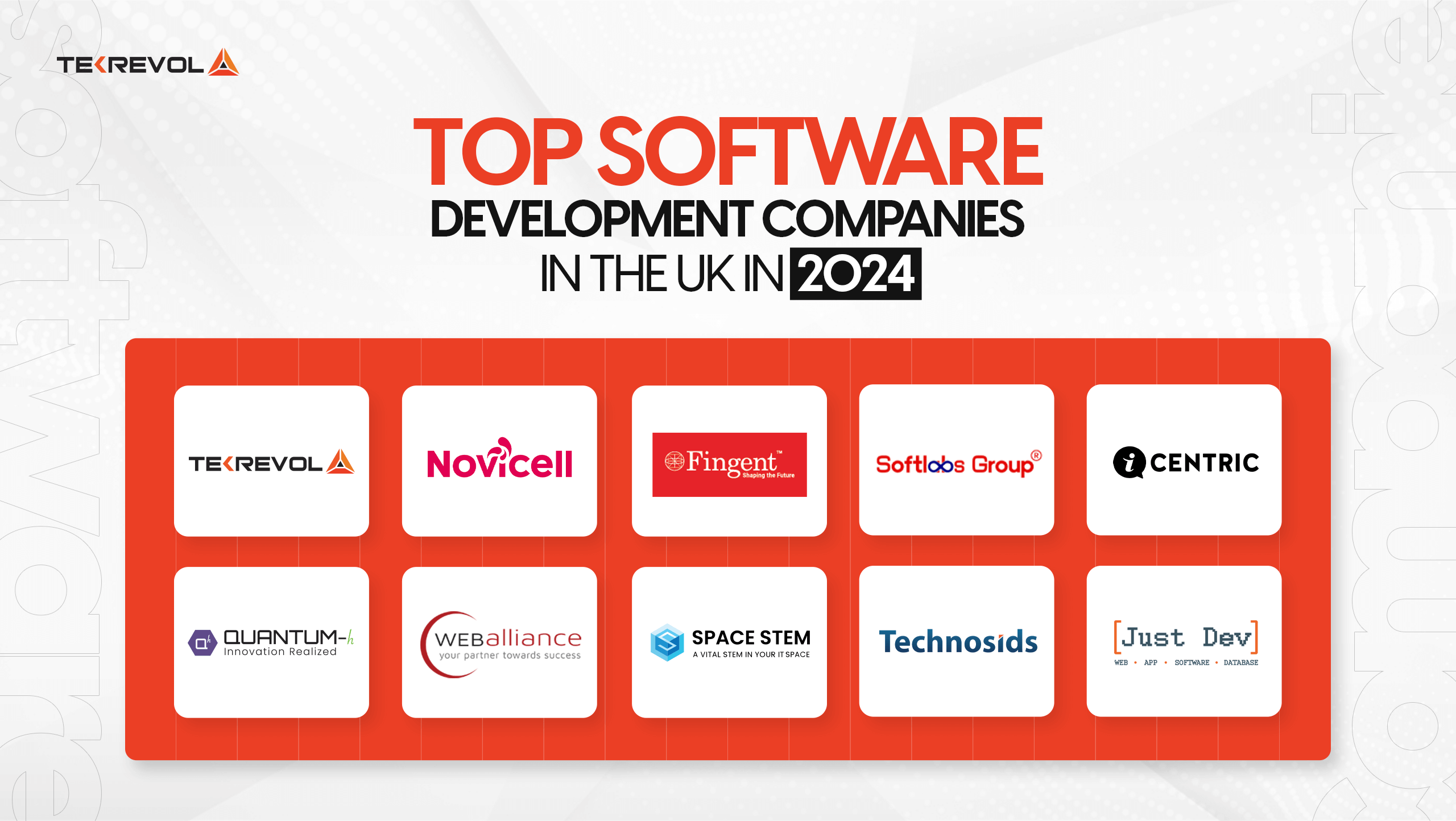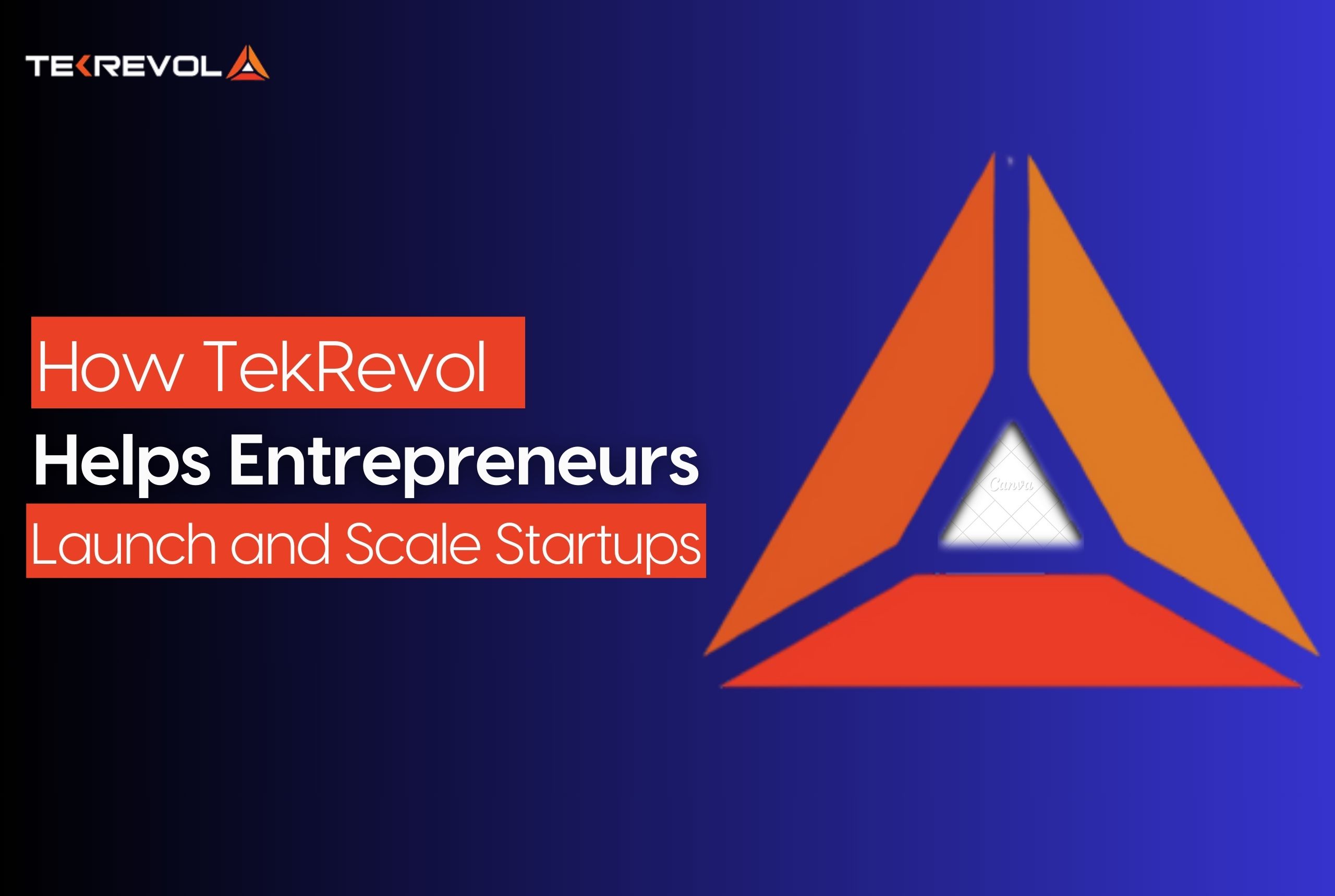As soon as you plan to develop a mobile app, time-to-market is the first objective listed at the top of the board in the stakeholder discussion. And why not? In a market like Saudi Arabia, which is on the verge of saturation, the importance of rapid deployment is second to none.
So, how long does it take to develop an app in Saudi Arabia in 2024? Well, it depends.
- A basic app can be built in 3-4 months.
- While moderately complex ones might take 4-6 months.
- High-complexity applications could require 9 months or more.
But that’s not the whole story.
The amount of time and effort required is derived from one question:
How tall is your sunflower?
That’s what matters—the bigger and more complex the application gets, the more technical its inner workings become. Just like a tall sunflower needs a strong root system, a feature-rich app with complex functionalities requires a solid foundation.
This article is about understanding that foundation – the app development process in Saudi Arabia. Let’s break it down and help you estimate a timeline for your next project.
How Long Does App Development Take? —Breakdown as per App Complexity
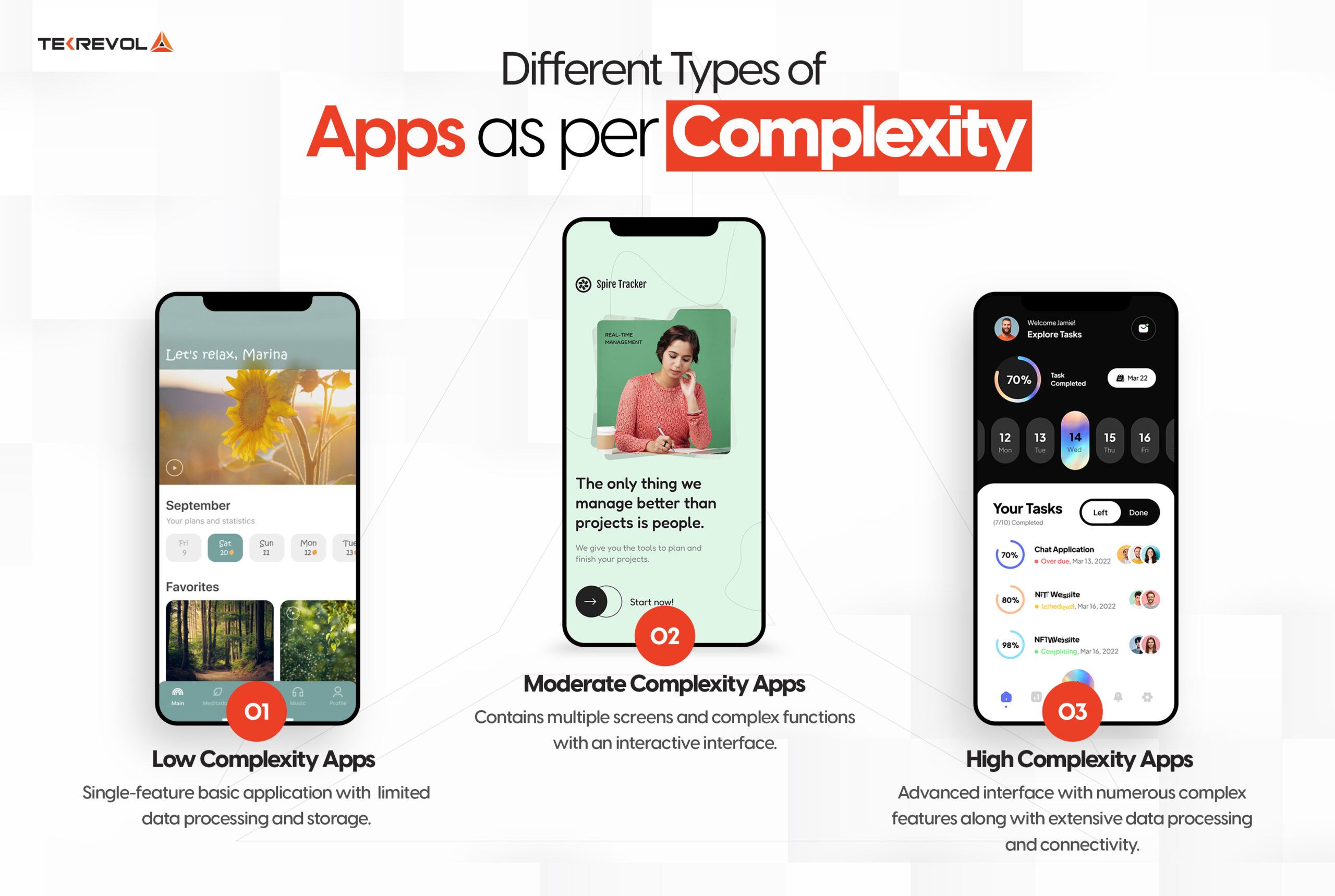
| App Complexity | Hours | Timeline | Types of Applications |
|---|---|---|---|
| Low | 80-100 hours | 2-4 months | Progressive Web Apps (PWA) |
| Moderate | 120-150 hours | 4-7 months | Web Apps, Hybrid Apps |
| High | 350-600 hours | 9+ months | Native Apps |
-
Low Complexity Apps (2-4 Months)
Think of these apps as streamlined machines, focusing on a single, well-defined purpose. They leverage pre-built UI components and established functionalities like basic data storage or user authentication. Here are some examples:
Simple Calculators
Single-feature apps perform mathematical calculations and often serve as starting points for new developers.
To-Do List Apps
Productivity-focused apps help users manage tasks and stay organized. Their core functionality involves data persistence and basic user interfaces.
Basic Budgeting Apps
These financial management tools allow users to track income and expenses. They may integrate with existing financial institutions but typically focus on user input and basic calculations.
Low-complexity apps prioritize efficiency and rapid development. Their dependence on pre-built components and well-understood functionalities allows for a swifter development process, typically taking 2 to 4 months in Saudi Arabia.
-
Moderate Complexity Apps (4-7 Months)
Moderate-complexity apps offer a broader feature set compared to their low-complexity counterparts. A mid-level app has more functionalities and data flows compared to the streamlined machines above. Here are some examples:
Restaurant Apps
These apps streamline the dining experience by enabling online ordering and reservation functionalities. They may connect to a restaurant’s point-of-sale system but often have a simplified backend structure.
Fitness Apps
Health and wellness apps track user activity and provide basic workout routines. They may integrate with wearable devices but typically focus on data collection and visualization.
Small Social Media Apps
These basic social networks allow users to create profiles, connect with friends, and share content. They involve user authentication, and data storage for profiles and feeds, but lack complex features like live streaming or advanced content moderation.
Developing moderately complex apps requires a balance between pre-built components and custom development to cater to specific functionalities. This process typically takes between 4 and 7 months.
-
High Complexity Apps (9+ Months)
High-complexity apps full-scale dynamic products. It offers numerous advanced features and intricate functionalities. They often require significant custom development, robust back-end infrastructure, and integration with external systems. Here are some examples:
Advanced E-commerce Apps with Extensive Catalogs
These platforms handle a large volume of products, complex search functionalities, and advanced shopping experiences. They require robust databases, inventory management systems, and potentially integrate with logistics providers.
FinTech Apps
Banking or asset management applications for handling sensitive user data require robust security protocols. Fintech apps require connectivity to external financial institutions to integrate real-time market data feeds and offer complex investment options making them dynamic in nature.
On-Demand Service Apps
Dynamic platforms that connect users with external service providers in real-time. They require complex matching algorithms, location-based services, and real-time communication functionalities.
So, how long does it take to create an app like this? Developing high-complexity apps requires extensive custom development, rigorous testing, and piloting features before the full launch. The timeline for these apps in Saudi Arabia can start at 9 months or more, depending on the specific functionalities and chosen technologies.
- Got an Innovative App Idea?
- Partner with TekRevol to Map Your Development Progress.
App Development Timelines by Industry
Focusing on industry-specific timelines for app development helps in setting realistic expectations and planning your app launch effectively. Here’s a glimpse into the development timeframes for some popular app categories:
-
Healthcare Apps (6-12+ Months)
Healthcare apps have a complex regulatory process, often requiring additional time for compliance and security measures. Less complex products like basic appointment booking apps can be developed in 6-8 months, while apps with functionalities like telemedicine or remote patient monitoring could take 12 months or more.
What Affects the Timeline
Patient data management compliance, medical devices or healthcare information systems integration, and features like appointment booking, telemedicine, or symptom checkers.
-
E-commerce Apps (4-8 Months)
E-commerce apps in Saudi Arabia are a growing industry. The development timeline depends on product catalog size, payment gateway integrations, and desired functionalities. A basic e-commerce app with a limited product range and secure payment processing can be developed in 4-6 months. Complex platforms with extensive product catalogs, advanced search functionalities, and features like personalized recommendations might take 8 months or more.
What Affects the Timeline
Product catalog size and complexity, payment gateway integrations, advanced features like personalized recommendations, logistics management functionalities, and social commerce features.
-
Food Delivery Apps (4-9 Months)
The food delivery app’s timeline varies depending on the app’s scope. A small-scale food delivery app with limited restaurant options and a straightforward ordering process can be developed in 4-6 months. Feature-rich apps with real-time order tracking, extensive restaurant partnerships, and in-app delivery management tools may take up to 9 months to develop.
What Affects the Timeline
Number of restaurant partners and menu complexity, real-time location tracking and order management features, integration with mapping APIs and delivery partner networks, and secure payment gateway integration.
-
Educational Apps (3-7 Months)
A basic language learning app with pre-recorded lessons can be developed in 3-5 months. However, interactive learning platforms with features like personalized learning paths, gamification elements, or live tutoring functionalities may take 6-7 months or more to develop.
What Affects the Timeline
Content creation and curation for the app, desired level of interactivity (e.g., quizzes, games), integration with learning management systems (if applicable), and features like personalized learning paths or live tutoring functionalities.
App Development Process Breakdown
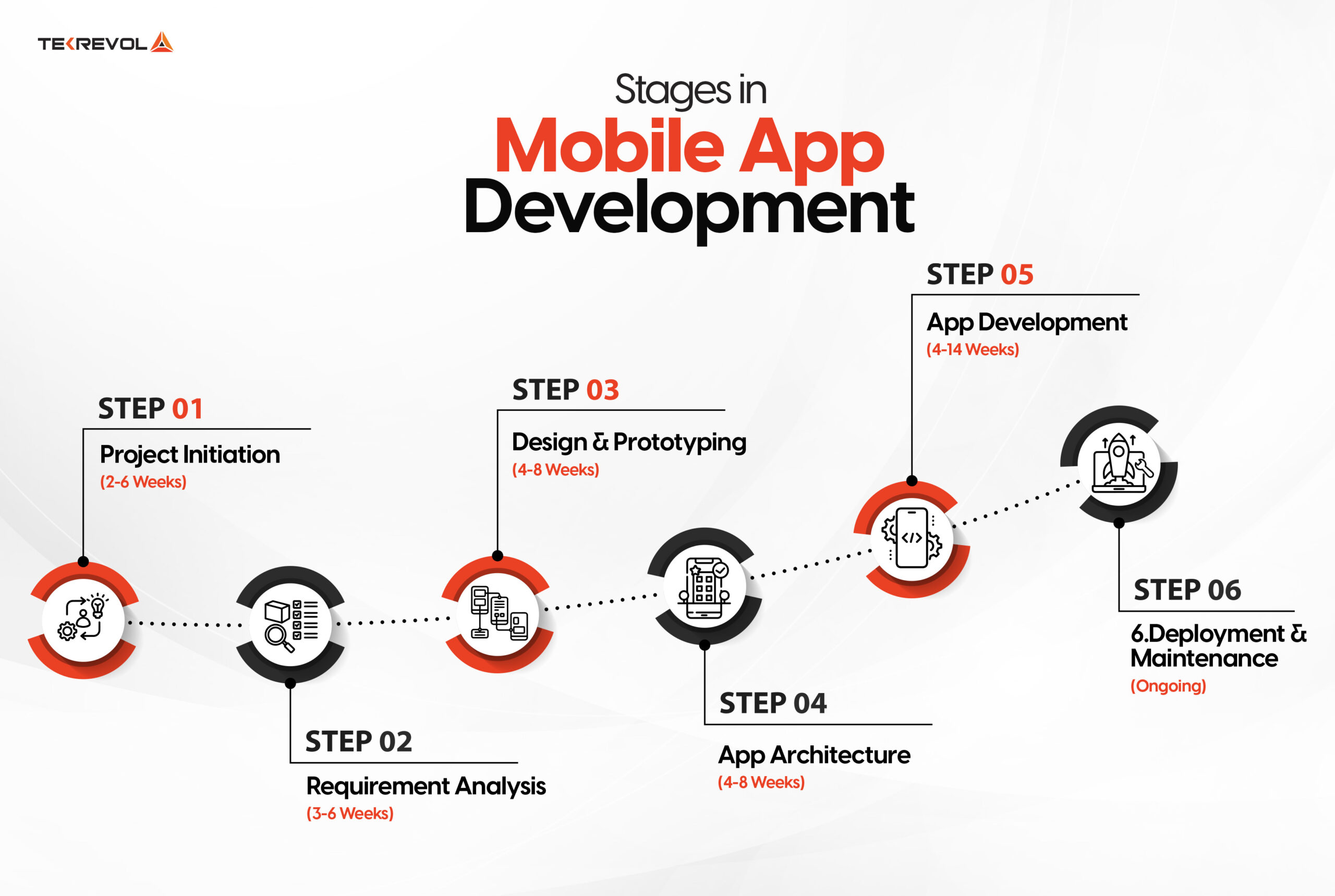
Transforming your idea into a scalable application needs strategic development. For best results let’s break it down into clear, actionable stages to help you create a mobile app development timeline for a successful launch.
-
Project Initiation (2-6 Weeks)
Get started by collaborating with a qualified app development team in Saudi Arabia to explore your concept and its potential within the market.
Concept Exploration & Market Research (1-2 Weeks)
Define the app’s core idea and value proposition. Conduct market research to identify target audience and user needs. Analyze competitor apps to identify opportunities and build your point of differentiation.
Project Scoping & Goal Setting (1-2 Weeks)
List key features your app will offer, matching what your target audience needs/demands and contribute to business objectives. Set clear and measurable goals, such as user acquisition or revenue generation. Determine the initial development scope based on budget and time to create a successful Minimum Viable Product (MVP).
Team Selection & Project Kick-off (1-2 Weeks)
Evaluate and select a qualified app development team with experience in the Saudi market. Share project timelines, communication protocols, and development methodologies (e.g., Agile) to get started. Finalize a project agreement outlining deliverables, milestones, costs, and responsibilities for straightforward app development.
-
Requirement Analysis (3-6 Weeks)
The requirement analysis stage looks into the specifics of your app, ensuring it meets user needs and stands out in the competitive Saudi market.
User Needs Analysis (2-3 Weeks)
Conduct surveys to understand user pain points and find the right functionalities for your app. Create user personas. Add features based on user needs and business objectives, focusing on value and usability that deliver the most value to your target audience.
Competitor Analysis (1-2 Weeks)
A thorough analysis of successful competitor apps provides valuable insights. Identify key features and functionalities to understand what users interact with or what they prefer. Identify gaps and develop USPs to beat the competition.
Technical Requirements (1-2 Weeks)
Outline the specific technical requirements from backend infrastructure and API integrations to database needs for effective support. Choose the right technologies (e.g., native vs. cross-platform) complementing your app’s complexity, functionalities, and target platforms. Define security protocols to ensure data privacy, security, and compliance.
-
Design & Prototyping (4-8 Weeks)
It’s time to shape the app into something interactive to refine the user experience (UX) and user interface (UI) before development begins.
UI Design (2-4 Weeks)
Create a user-friendly and visually appealing interface that aligns with your brand identity and resonates with your target audience in the Saudi market. Ensure the UI design offers clear navigation, intuitive user flows, and a seamless user experience for better user engagement.
UX Design (2-4 Weeks)
Focus on intuitive and efficient user experience. Develop wireframes to visualize the basic layout and information architecture. Create interactive prototypes for user testing and feedback on the app’s usability before development.
As we’re halfway through now, we have a basic model ready. Perfect for guiding the development process forward.
-
App Architecture (4-8 Weeks)
Clear by its name, at this stage you’ll build a technical foundation for app development. Here, the development team adds functions to the design to create a secure and scalable backend infrastructure.
Backend Development (2-4 Weeks)
The server-side infrastructure, often referred as the backend, handles data storage, business logic, and integrations with external services (if any) for your app. Choose scalable and secure backend technologies to support the user base and app growth. This ensures your app can handle increasing user traffic and data demands without compromising performance.
API Integration (1-2 Weeks)
APIs (Application Programming Interfaces) connect and leverage functionalities or data from external services. Identify any third-party APIs needed to enhance your app’s functionalities. Then securely integrate these APIs to use external services or data sources.
For instance, a food delivery app might integrate with mapping APIs for location services or payment APIs for secure transactions. When accessing external data through APIs, ensure proper authentication and authorization protocols are in place to safeguard user information and system security.
Database Selection (1-2 Weeks)
House your data securely. Consider factors like scalability, security, and performance when choosing a database that can effectively store and manage the data your app generates. For instance, an e-commerce app with a large product catalog would require a multi-server cloud database system compared to a simpler to-do list app.
-
App Development (6-14 Weeks)
Power up your mockup with the chosen development method and technologies (iOS and/or Android).
Coding & Development (6-10 Weeks)
Based on the agreed-upon design, functionalities, and technical architecture, code the app to make what it is meant to be.
The development process often follows an Agile methodology for iterative development cycles with frequent testing and user feedback integration. This allows for continuous improvement of the app throughout development.
Quality Assurance (QA) Testing (2-4 Weeks)
Before app store publication, test it across devices and platforms to find and fix bugs or glitches. Make sure your app functions perfectly across different devices, operating systems, and network conditions.
-
Deployment & Maintenance (Ongoing)
The journey doesn’t end with the launch! This stage focuses on making your app available to users in Saudi Arabia and ensuring its ongoing success.
App Store Submission (1-2 Weeks)
Launch the app on the targeted platform(s). Follow app store guidelines, and provide app descriptions, screenshots, and any necessary documentation for a quick and easy launch.
Maintenance & Support (Ongoing)
Optimize and improve app performance with regular quality checks and gap analysis. Keep an eye on user feedback, code bugs, and mishaps during app/platform updates for seamless post-launch functioning.
Factors Influencing App Development Time
Now you know how long does it takes to develop an app usually. Here are some common factors that determine this timeline.
-
Features & Functionality
The number and type of functionalities and features directly influence the development timeline. Simple apps with basic features, like a restaurant finder with a static list, can be developed quickly. While apps with options like real-time tracking, social media integration, or complex user interactions require more time due to complex coding and implementation.
-
App Platform
Choosing among different platforms (iOS, Android, or cross-platform) affects the development method that eventually transcends the overall timeline. Developing native apps for each platform ensures optimal performance and user experience but requires more time and resources. Whereas cross-platform development streamlines processes but has limitations or compromises over user experience compared to native apps.
-
Process Itself
The chosen methodology usually defines the timeframe. Agile development, a popular choice in Saudi Arabia, involves iterative development cycles with frequent testing and feedback integration. While this allows for flexibility and quicker course correction, it can extend the overall development time compared to a more linear waterfall approach.
-
Add-Ons
Add third-party APIs or SDKs to enhance the app’s functionalities. However, identifying suitable add-ons, understanding their documentation, and integrating them securely would need a bit extra time. Carefully evaluate the necessity of add-ons and ensure they align with your app’s main function to minimize timeline impacts.
-
Development Expertise & Resource Allocation
The experience and skill set of your development team directly impact the timeline. A seasoned mobile app development company in Saudi Arabia works efficiently and avoids delays. Similarly, allocating adequate resources (developers, designers, testers) to your project ensures timely progress and completion.
Reasons that Prolong Timeline for App Development
Mobile app development in Saudi Arabia offers infinite growth possibilities for entrepreneurs. However, unforeseen delays extend the app’s development timeline. Here’s a breakdown of common reasons affecting initial estimates:
-
Lack of Project Clarity
Unrealistic expectations regarding project clarity can be a major source of delays. While outlining your core functionalities and target audience is crucial, expecting an in-depth list of every single feature at the initial stage can be impractical. The development process itself can uncover new opportunities.
Here’s how unrealistic expectations can obstruct progress:
Excessive Features
Ambition is great, but an unrealistic feature list at the outset can quickly balloon development time and costs. Prioritize core functionalities and work iteratively with your development team to phase in additional features based on budget and user feedback.
Scope Changes Mid-Development
Frequent changes in direction after development begins can be disruptive and costly. While some flexibility is healthy, major concept modification mid-stream can significantly extend the timeline.
-
External Factors
Unexpected external factors can also impact your timeline. These could include:
Delays from Third-Party API Providers
Integrating with third-party APIs enhances functionalities, but delays from these providers can hold up development. Carefully research API providers and have backup plans in case of failure.
Changes in App Store Guidelines
App store guidelines evolve, and sometimes updates might require adjustments to your app before launch. Staying informed and maintaining flexibility is your way to win in this case.
Resource Constraints
Even the best development teams can encounter resource constraints, such as team member illness or unexpected project demands from other clients. Open communication and clear project timelines can help manage these situations and minimize delays.
-
Technical Complexities
Even the best-laid plans may go off-track.
Integrating Complex APIs
APIs enhance app functionality, but integrating complex APIs is not a matter of a few clicks. Go for the most relevant and compatible APIs. And if you are stuck with “how to develop an app with APIs”, a pro developer with local expertise is the only solution for effective API integration.
Device Compatibility Issues
Ensuring your app functions flawlessly across devices and operating systems can be challenging. Rigorous testing on various devices to fix compatibility issues may necessitate additional development time.
Security Vulnerabilities
Even with top security measures in place, vulnerabilities might be discovered during testing. Addressing these vulnerabilities promptly is crucial but can add time to the development timeline.
-
Surprises
Let’s face it, sometimes surprises happen during development.
New Feature Ideas
New ideas and functionalities might emerge during development. While exciting, planning and adding new features can impact the timeline. Carefully assess the value proposition of new features and prioritize them against core functionalities to minimize timeline disruptions.
Hidden Complexities within Seemingly Simple Functionalities
Sometimes, seemingly straightforward functionalities can bring unexpected complexities during development. A skilled development team can address these complexities, but they may require additional time for troubleshooting and implementation.
4 Ways to Speed Up App Development in Saudi Arabia
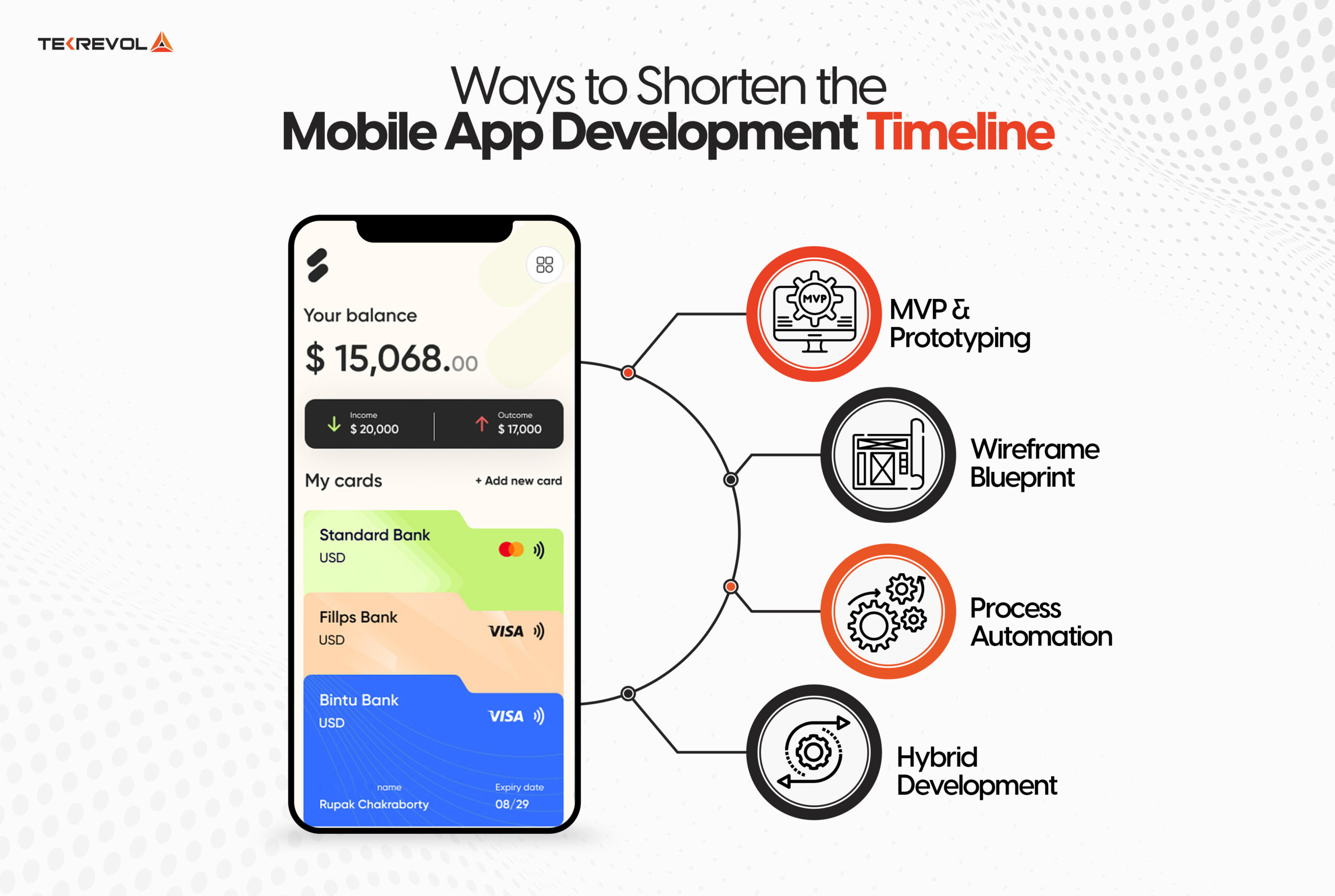
Now that we know what does it takes to develop an app along with all factors affecting the timeline. Here are the proven practices you must look for in your partner mobile app development company in Saudi Arabia.
-
Prioritize MVP & Prototyping
MVP First
Develop a Minimum Viable Product first. An app with core functionalities to validate your concept with real users early on. This allows you to gather valuable feedback and tweak quickly, ensuring your app addresses genuine user needs in the Saudi market.
Rapid Prototyping
Create interactive mockups. Prototypes help you visually represent the user experience and gather feedback from stakeholders and users before development. Find and fix usability issues early on to time and resources during the development stage.
-
Wireframe Blueprints
Go for detailed wireframes for the app’s interface. Map out the visual layout of your app’s screens, including the placement of buttons, menus, and content areas to minimize confusion and rework during development for a faster overall process.
-
Process Automation
Leverage automation tools where possible to cut redundancy. Automate testing processes, code deployment, and other time-consuming activities to let the development team focus on more complex aspects of the app.
-
Hybrid Development (if applicable)
Consider hybrid development approaches using tools like React Native or Flutter. Develop a single codebase for both iOS and Android platforms to reduce development time and resources rather than building native apps for each platform.
Summing Up
When there is a demand for new functionalities every day, determining how long does it takes to develop an app becomes quite daunting for businesses with low or no prior mobile application experience. In that case, the app development roadmap discussed in this guide is imperative to drive the project forward.
Having a step-by-step development strategy brings automation and efficiency to even highly technical processes. This guide not only helps you improve internal processes but also gives you an evaluation rubric to access your partner mobile app development company in Saudi Arabia.
At TekRevol, we not only set actionable objectives but employ best practices to develop intuitive, scalable, and competitive mobile applications. We ensure continuous process and technology adaptation to develop and deliver updated, in-demand digital products.
Want to know how our mobile application development prowess helping Saudi businesses disrupt the market and scale? Just hit the “Start My Project” button below and let us guide your new mobile app development journey forward.

 3412 Views
3412 Views June 12, 2024
June 12, 2024


